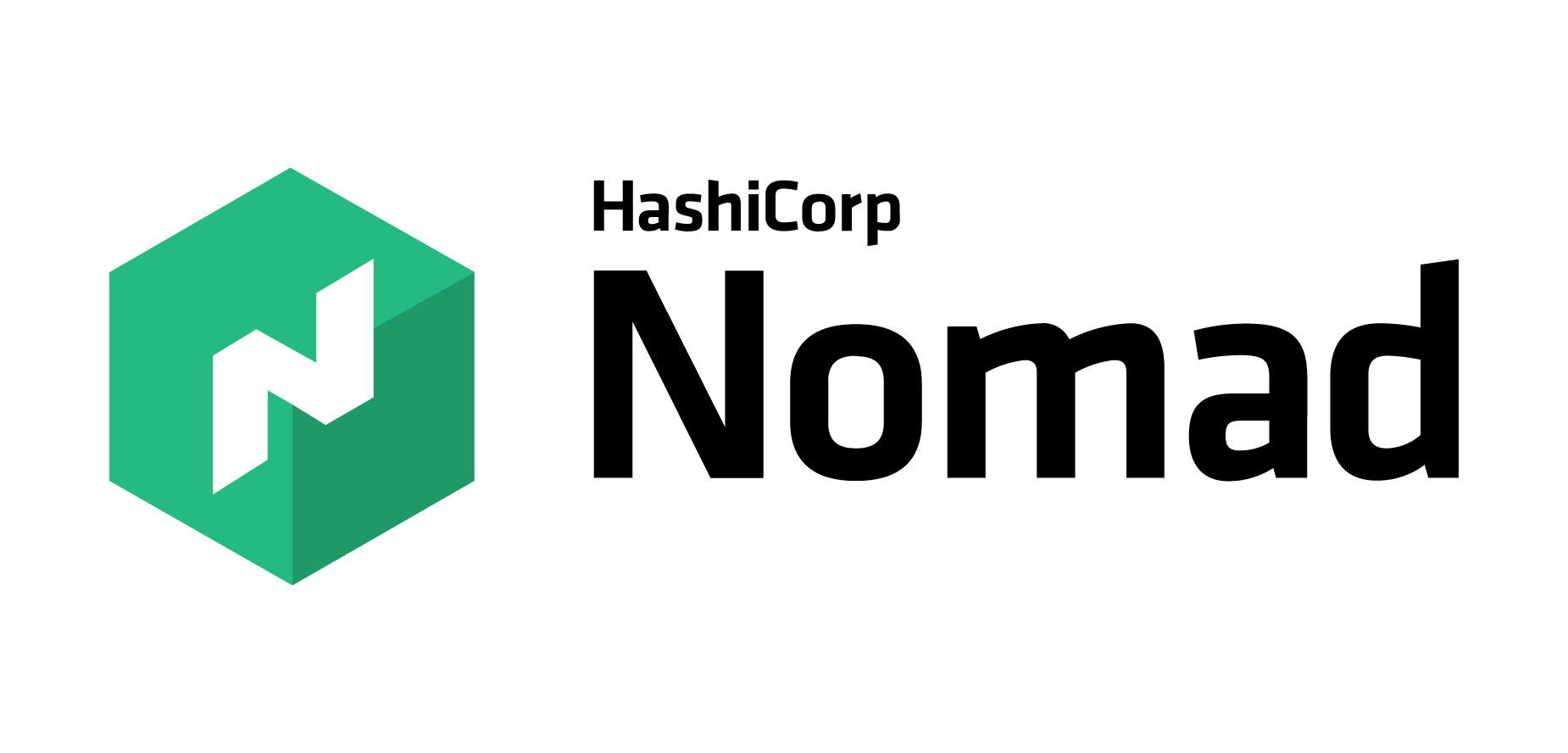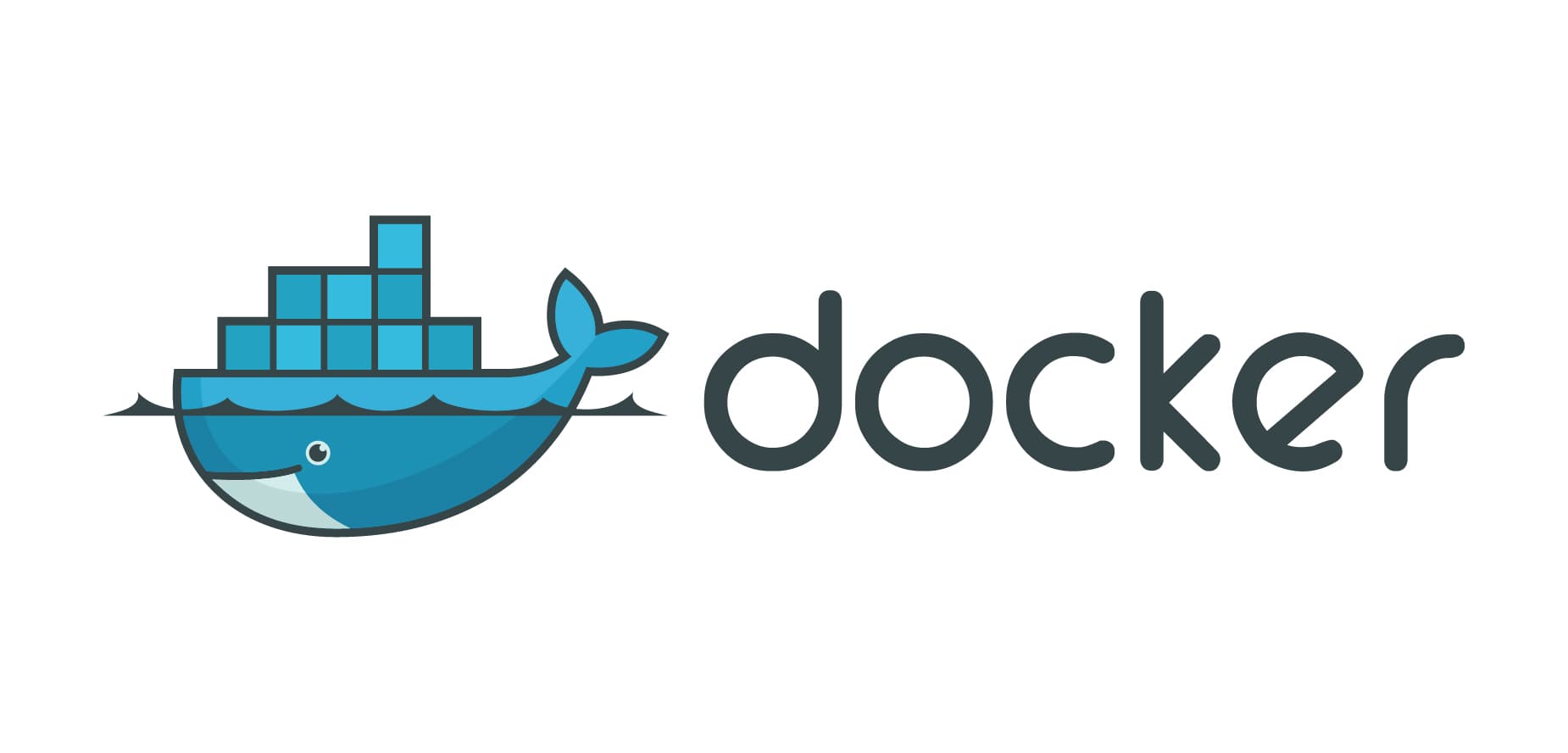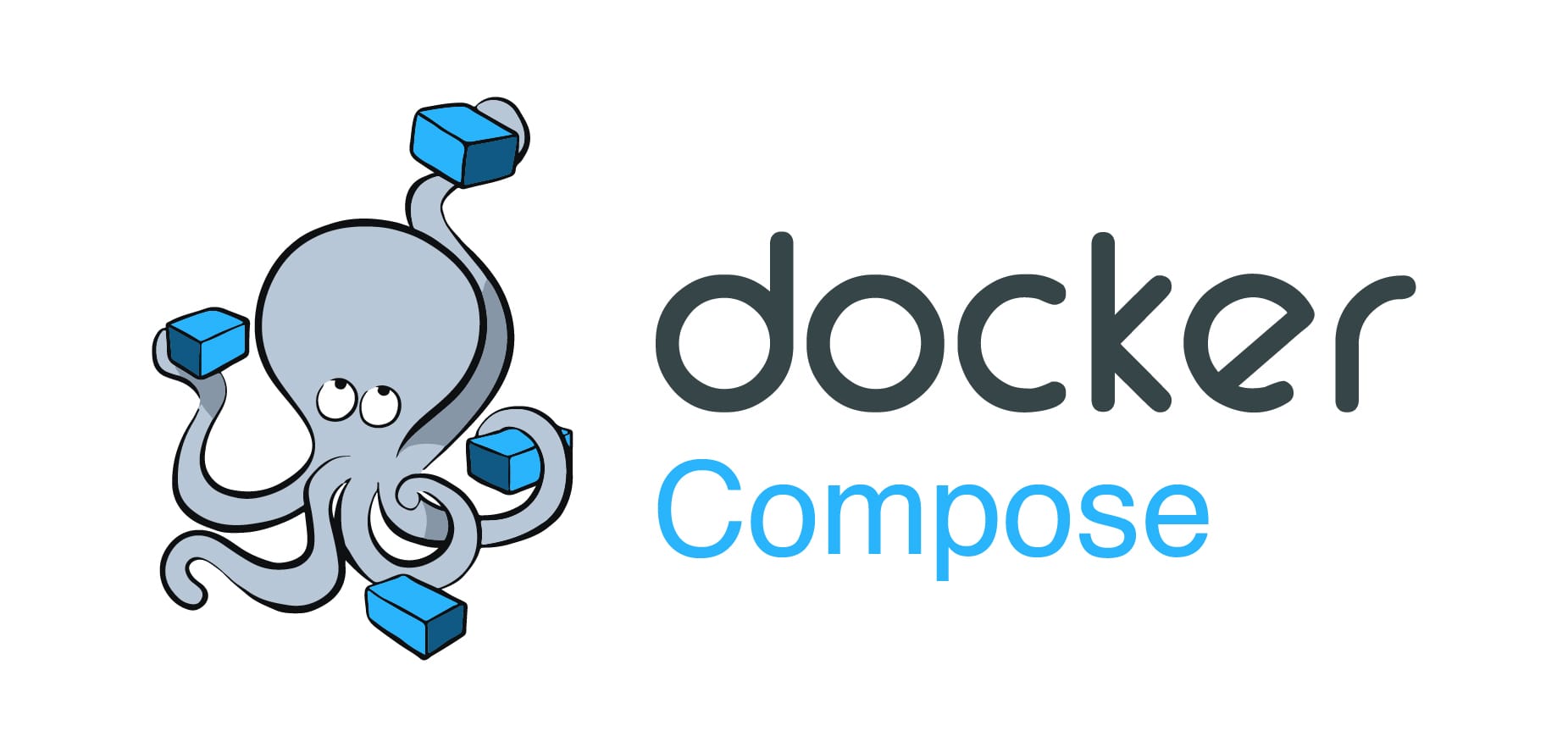What is Kubernetes?
Kubernetes, K8s for short, is an open-source container orchestration technology that lets users create, scale, and handle their complex lifecycles and associated technologies. The functionality of the cluster scheduler lets developers concentrate on programming instead of operations. Kubernetes future-proof network security on-site or in the cloud, without lock-in from suppliers or service providers.
Architecture of Kubernetes
Like for most of the technology, Kubernetes-specific language may serve as an entry barrier. Let's unravel some of the commoner terms to make you learn Kubernetes.
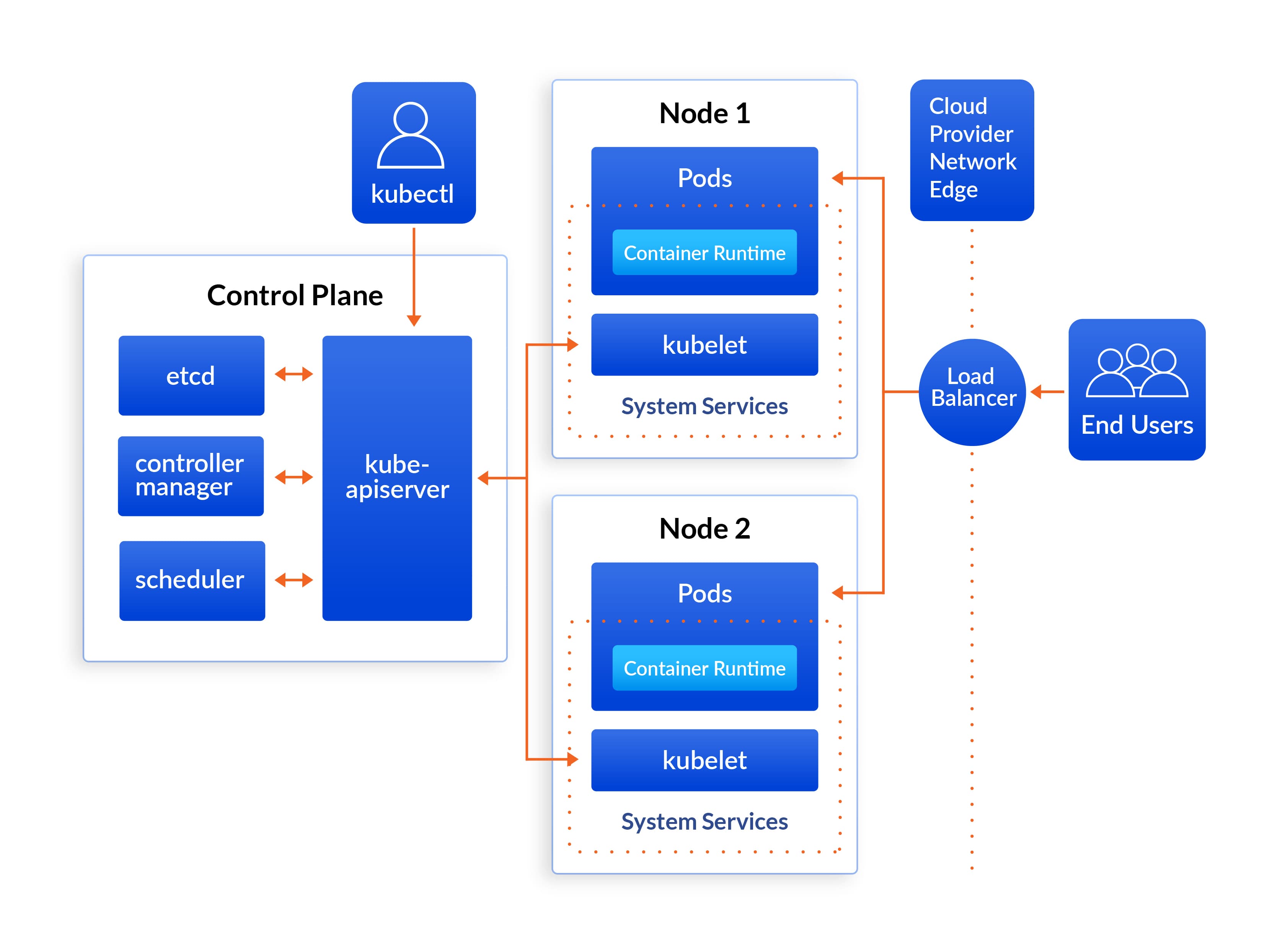
Control Plane is the machine that controls in-memory nodes in Kubernetes. It handles entity states constantly, leading to adjustments in the cluster; it also operates to make the real position of device artifacts conform to the desired situation.
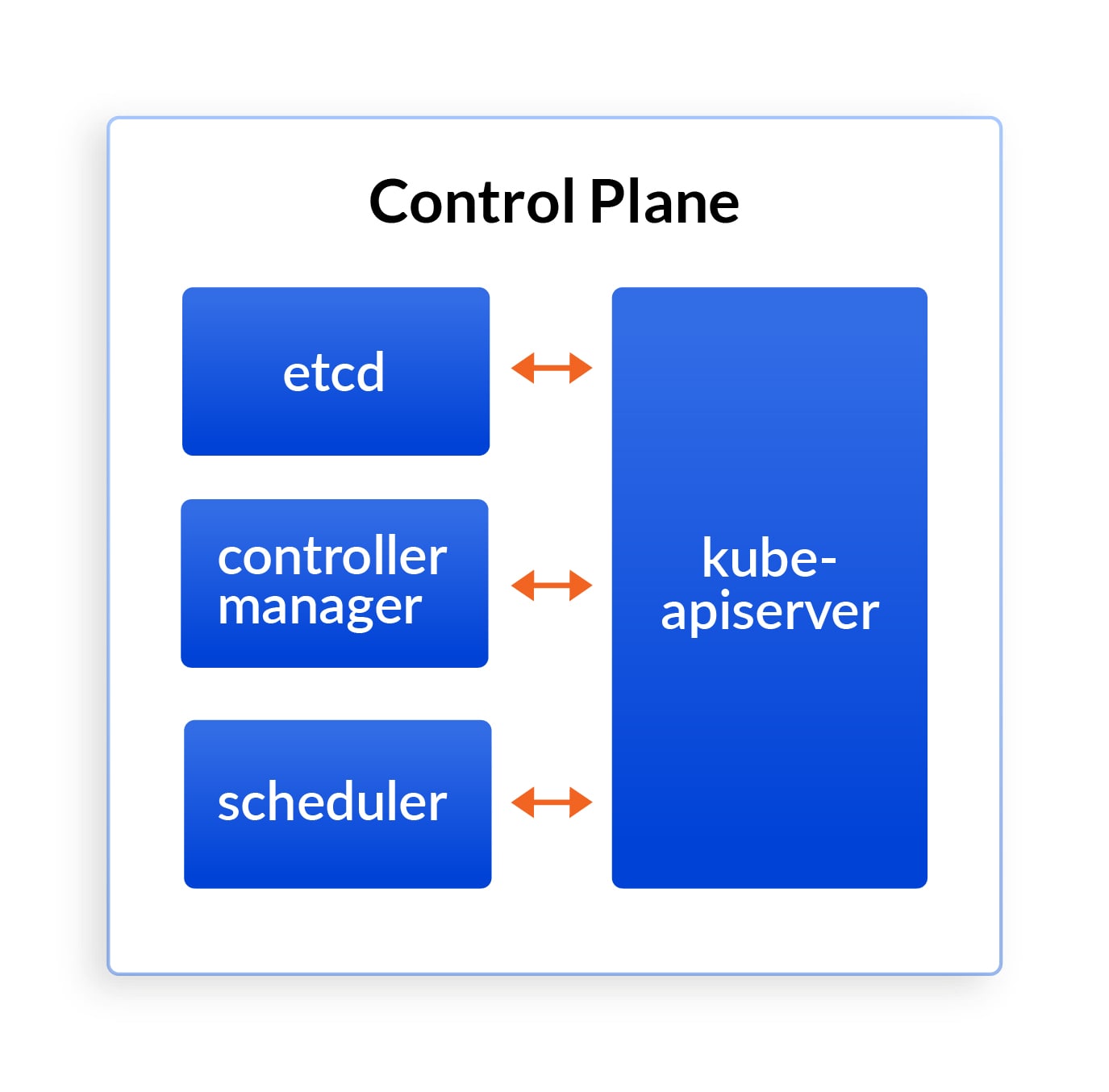 etcd is a lightweight, distributed, reliable, and easily accessible key-value database for all cluster data used as Kubernetes backup storage that represents the cluster's total status at any specified point.
etcd is a lightweight, distributed, reliable, and easily accessible key-value database for all cluster data used as Kubernetes backup storage that represents the cluster's total status at any specified point.- kube-apiserver. The API server is a core component of the Kubernetes control plane serving the Kubernetes API with JSON over HTTP and supplying APIs to enable lifecycle orchestration (scaling, upgrading, and so on).
- controller manager is a daemon that runs the main control loops, moves the current cluster state into the ideal cluster state, and interacts with the API server to build, upgrade and uninstall the services it controls.
- scheduler is responsible for arranging containers around cluster nodes; it also selects on which node an unscheduled pod (the specific entity controlled by the scheduler) operates, based on the availability of resources.
Node, also known as a Worker or Minion, is a machine for deployment and coordination of containers such as Docker.
such as Docker.
- Pod is a collection of containers that share an IP address, IPC, hostname, etc., and is deployed to a single node. Pods derive from the underlying container network and infrastructure. This helps you to more quickly push the containers across the cluster.
- Container runtime is responsible for running containers that reside inside a pod. The container is the lowest micro-service level, which holds the running application, libraries, and their dependencies.
- kubelet is a tool that ensures the running of containers in a pod and monitors the health state of all. kubelet is responsible for starting, stopping, and retaining program containers arranged into pods as control plane guides.
Kubernetes features
Self-healing
Kubernetes continuously monitors the stability of the containers and nodes. This container technology restarts containers that malfunction when nodes fall, removes and reschedules containers, destroys containers that do not respond to the user-defined health test, and does not promote them to consumers until they are ready for operation.
Horizontal scaling
Kubernetes helps you not just vertically but also horizontally, quickly, and rapidly to scale your tools. You can scale up and down the program with a quick button, a UI, or automatically utilizing a CPU.
Automatic bin packing
Automatic scheduling of containers based on resource requirements and other constraints is the other feature of Kubernetes. Automatically placing containers based on their available resources and other constraints, while not sacrificing availability speeds up productivity and save more resources and merge vital and best-effort workloads.
Storage orchestration
Kubernetes open-source technology architecture mounts and incorporates a storage device for running applications. Install the storage system automatically, whether from local storage, a centralized cloud service like GCP or AWS, or network storage devices.
Batch execution
Beyond other services, Kubernetes will handle the workloads for the batch and CI, removing containers that malfunction if needed. Therefore, it manages the workloads for batch and Continuous Delivery and repairs broken containers.
Automated rollouts and rollbacks
Did something go wrong after the changes? No worries. Kubernetes will rollback without any difficulties. Kubernetes slowly carries out improvements to the code or its settings, thus tracking server safety to ensure it will not immediately disable all of the instances. If something goes wrong, Kubernetes can allow you to roll back the shift. Taking note of an expanding delivery technology ecosystem.
Kubernetes vs Docker
You may be surprised, but the phrase connected with two container technologies ‘Kubernetes vs Docker’ is a very confusing one. These terms don't imply as other people expect them to say when you split it down since Docker and Kubernetes aren't direct rivals. Docker is a framework for containerization, and Kubernetes is an orchestrator for the containers that are included in Docker.
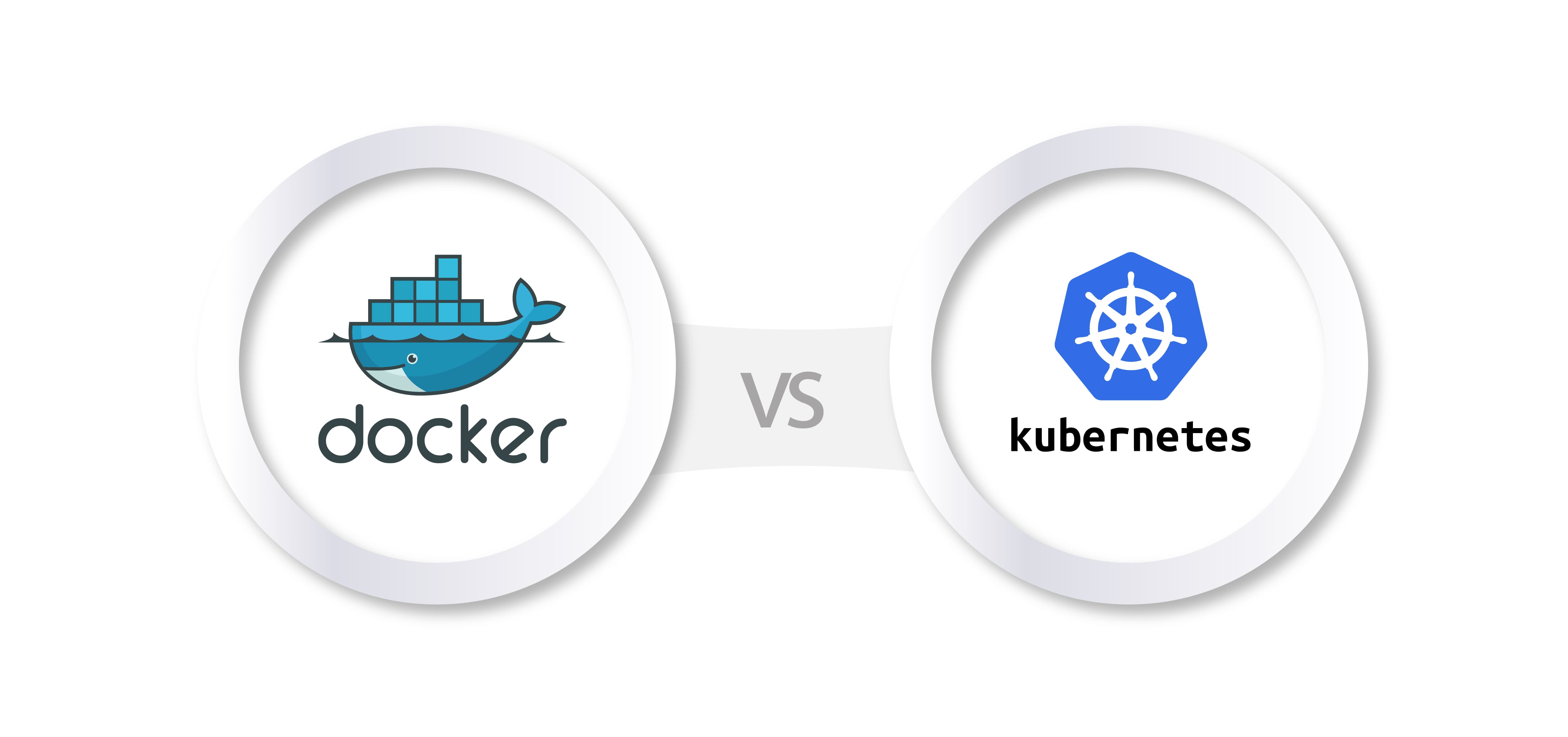
Both open-source technologies, Kubernetes and Docker, are robust frameworks for intelligently managing containerized systems and providing powerful functionality and this has created some confusion. "Kubernetes" is now also used as a term for a whole Kubernetes-based container system. In fact, they are not directly comparable, they have different origins and they solve different problems for different issues.
- Docker is a service and system to create, distribute, and run Docker containers. It offers its own native clustering device for orchestration and scheduling containers on clusters of machines.
- Kubernetes is an open-source container orchestration system for containers like Docker which is broader than Docker Swarm and is intended to coordinate node clusters. It works around the concept of pods in the Kubernetes ecosystem, which are scheduling units (and can contain one or more containers), and they are distributed among nodes to deliver high availability.
- One can easily run a Docker build on a Kubernetes cluster, but it is not a complete solution for Kubernetes itself and is intended to provide custom plugins.
Learn more about related to Kubernetes technologies
Kubernetes for business leaders
Why move to Kubernetes container orchestrator? We have prepared a list of benefits for your business that will scale up the development cycle of your application and solution.
- Employ the flexibility of multi-cloud environments
One of Kubernetes and containers' greatest benefits is that it lets you make the hybrid and multi-cloud possibility come true. Companies still manage multi-cloud systems today and will continue to do so in the future. Kubernetes makes running any device on any public cloud provider, or any mix of private and public clouds, much simpler. It helps you to put the right workloads on the right cloud and to help prevent lock-in from vendors. Finding the best match, using the right apps, and having the flexibility to move when it makes sense all help you understand more ROI from your IT investments (short and longer-term).
- Cut your costs
Kubernetes will help your company reduce maintenance and infrastructure costs dramatically if you're doing large operations. It makes a container-based architecture possible across a portfolio of massive, enterprise applications, which means you can stack them together with limited resources and make the most of your investment in cloud and hardware.
- Improve the efficiency of your team
Through managing many of the nitty-gritty specifics of maintaining container-based software, Kubernetes helps the IT departments to handle massive systems more effectively across multiple containers. Kubernetes, for example, manages service discovery through its API, lets containers speak to each other, and arranges access to storage from different providers, such as AWS and Microsoft Azure.
In addition, Kubernetes offers numerous abstractions and APIs that facilitate a "microservices" approach to app building and organizing development teams. This helps you to make the teams smaller, more flexible, and more highly focused, as each team will concentrate on a single, smaller microservice. The amount of cross-team communication needed to develop and deploy APIs between these microservices is minimized.
All things considered
Kubernetes makes it simpler to manage containers. And that means it will help you cut costs and give your clients more value. And if you're exploring flexibility and cost-related solutions to handle your challenges, Kubernetes is worth a close look. If you need a scalable and agile way to organize your project, you may also want to find a Kubernetes-as-a-Service solution. At Quintagroup, our experts provide ongoing management of operations and support for the superior DevOps technology stack, including Kubernetes. Contact us to get more information.

